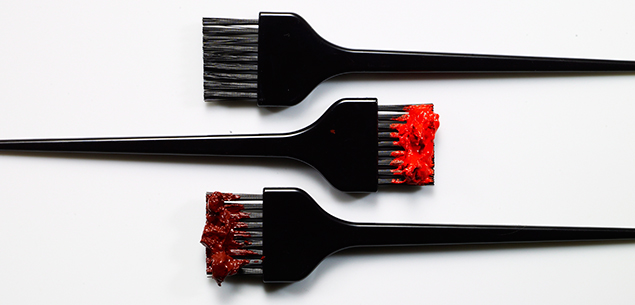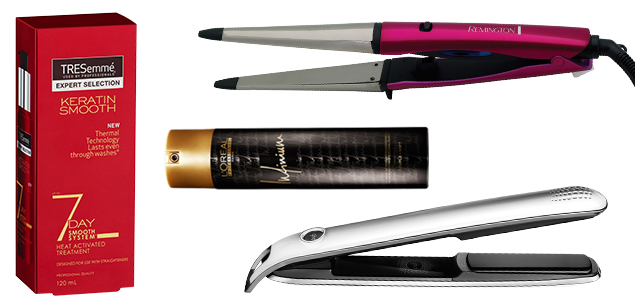Whether you’re opting for a salon hair colour because it’s time for a change, or you simply want to cover greys, L’Oréal Professionnel’s technical manager Gilda Neilson can tell you what you need to know.
What should I look for in a colourist?
Professional hairdressers are constantly learning new techniques. Many salons win awards at industry competitions and display their certificates and trophies in the salon. It’s a good indication that continued training and keeping up with trends is important to the salon team.
Should I have a consultation before my colour?
Yes, a good discussion with a colourist is crucial. This will include asking about the history of your hair, what you like and dislike about it, and asking for any photos of the colour you wish to achieve. It’s also a good opportunity for you to ask questions, such as, how long will the colour last? How long will the process take? What condition will my hair be in afterwards? How do I maintain this at home?
How does a hair dye change the colour of your hair?
Colour pigments are driven into the core of the hair shaft by using an “oxidant” – sometimes referred to as a “developer”. The oxidant lightens the hair and the colour pigments are deposited into the core, giving the hair its new shade.
How can I minimise my risk of sensitivity or a reaction?
Have a sensitivity patch test 48 hours prior to every hair appointment. It only requires a few minutes of your time. A hair colour reaction can occur at any time, even – very occasionally – after decades of using the same shade or brand. It’s also advisable to discuss with your stylist any issues such as changes in your medication, stress and illness.
What’s the difference between a semi-permanent and a permanent, and which is best for covering greys?
The difference is the type of colour molecule used. A semi-permanent is a great choice to cover the first few greys and it will softly fade out. Most permanent colours offer total grey coverage but take longer to grow out. Usually, you’ll require a retouch at the roots every six to eight weeks.
How is lightening the hair different to dyeing?
It involves a different product, known as a “powder lighter” – sometimes referred to as “bleach” – to gently lighten the natural hair pigment. When used correctly, the condition of the hair will not be affected.
If I want my black hair to be copper, will it have to be lightened first?
This is complex and should be done by a professional. It would depend on whether or not the hair has been coloured before and also which lightness of copper the client wants.
What are the signs something is wrong?
With the colour applied, if you feel any heat generating from the scalp, any irritation, itchiness or discomfort, you must tell your stylist immediately.
How long should a colour take and can I speed it up?
Semi-permanent and permanent colours vary in development times, but usually take 20-40 minutes. Some brands recommend heat as part of their instructions; check this with your stylist. L’Oréal brands do not require heat activation.
Are ammonia-free formulas any better for my hair?
They have a different system of delivering the colour molecules into the hair and are gentler on the cuticle layer. However, all colourants contain conditioning agents so can leave the hair in better shape than before, providing they’re used properly.
My hairdresser suggested balayage. What is this?
Balayage in French means “to sweep”. It’s a free-hand colouring technique which achieves a blended, softer and more natural colour. This technique is a popular choice with celebrities at the moment.
Photographs by: Sevak Babakhani / Bauersyndication.com.au


